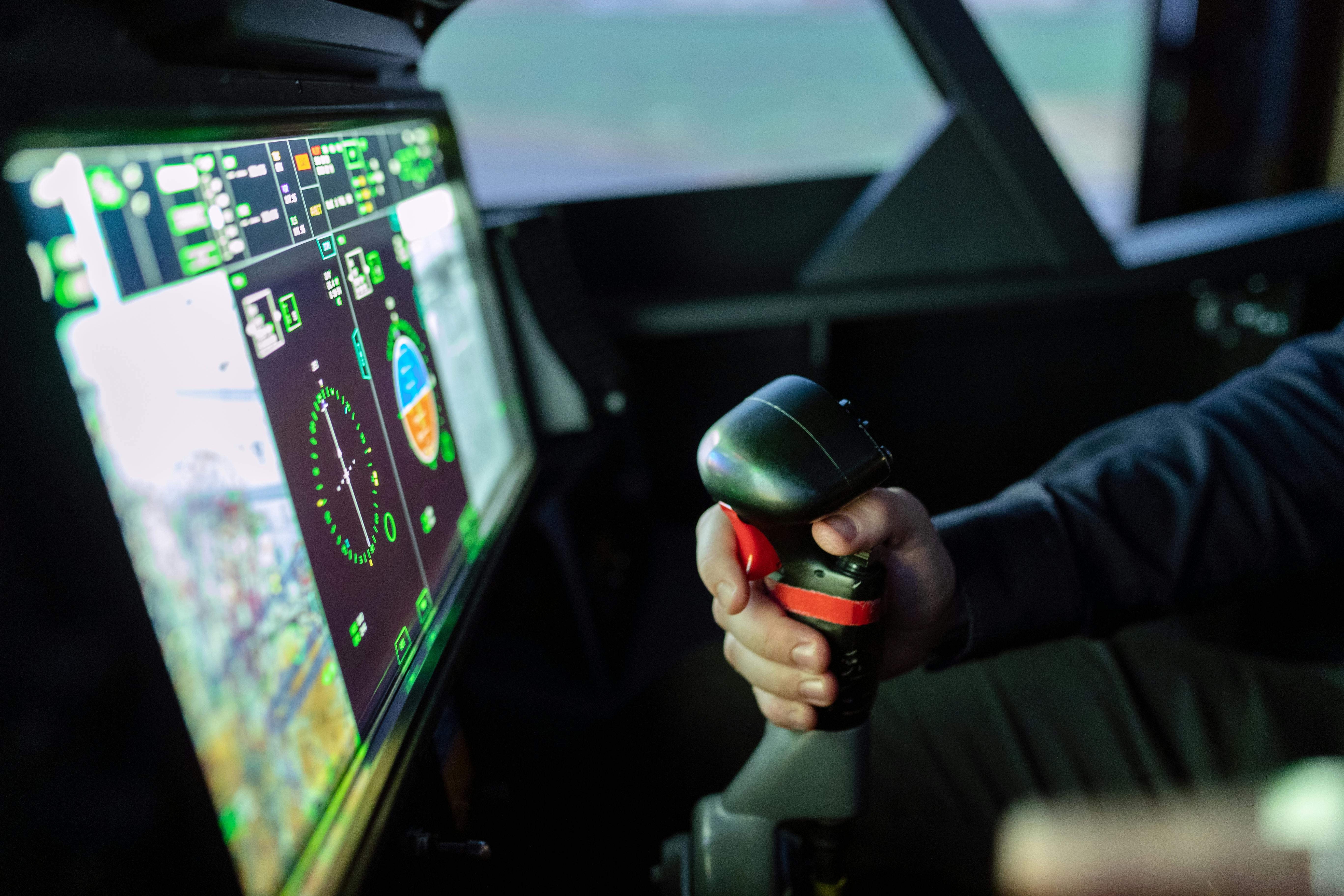
Some basic facts about borescopes
These days, borescopes are becoming more and more useful. Mechanics, engineers, technicians and many other professionals use these technological devices on a daily basis. The question is: Do you know what borescopes can be used for and do you need one?
It is a fascinating instrument that allows you to look at objects in inaccessible areas. They consist of a tube with a reflective mirror at one end and an eyepiece for viewing at the other. The reflector mirror is an objective lens much like the one found on a camera. The lens is then followed by an optical mechanism that transmits the image down the tube to the eyepiece, which magnifies it for viewing.
The two main types of borescope are flexible and rigid. There is a third type of semi-flexible borescope. The optical relay is where the key difference in borescope types lies.
The Rigid Borescope
The tube is a tube that does not bend. You can purchase the rigid tube in a variety of angles, such as straight and right angles (bent ninety degrees). These are the most commonly available. There are other angles; but they may not be as easy to locate and may be more expensive. It uses various lenses to transmit an image through the tube and into the viewing eyepiece. They generally offer the highest image quality and clarity. When possible, it is your best option to view an image.
The flexible borescope
It has bundles of optical fibers coiled together that transmit an image from the lens to the eye. The use of fibers instead of lenses; give you flexibility; but resolution is sacrificed in the process. Resolution refers to the sharpness of an image. Resolution is measured in pixels, which are the number of dots or dots of color in a given area. Generally, the more pixels are represented in an image; the clearer the image will appear. You should choose a borescope that has 10,000 or more pixels to get a good image.
Not only is it more difficult to obtain image quality with a flexible borescope; the contrast between black and white tones is lower; which can create a blurred image. Flexible borescopes tend to be much more expensive as well. Use a flexible borescope only if necessary, and visualization is not possible otherwise.
Semi-flexible borescopes
Semi-flexible borescopes offer some flexibility in maneuvering them, but are still quite restricted in the access they can provide. If you need minimal handling (more than you can get with a rigid borescope) but don’t require total flexibility, then it can get the job done. You won’t get the resolution you get with a rigid borescope; but you won’t have to spend a flexible borescope either.
Industries that use borescopes:
1.) Aircraft mechanics use them to ensure safety and prevent costly future repairs to internal engine turbines, compressors, and fuel components.
2.) Automobile and diesel engine mechanics inspect all internal engine parts to prevent costly repairs due to wear and tear.
3.) Machinists use borescopes to inspect the accuracy of machined parts before they reach the consumer.
4.) Gun manufacturers inspect rifle barrels for wear and defects that affect the accuracy of the gun when fired.
5.) They allow building inspectors to see hidden defects and damage such as pests, water, mold and mildew that affect the structural integrity of a building.
6.) They are also used for educational and medical purposes. A borescope used to view the internal workings of the body is called an endoscope.
